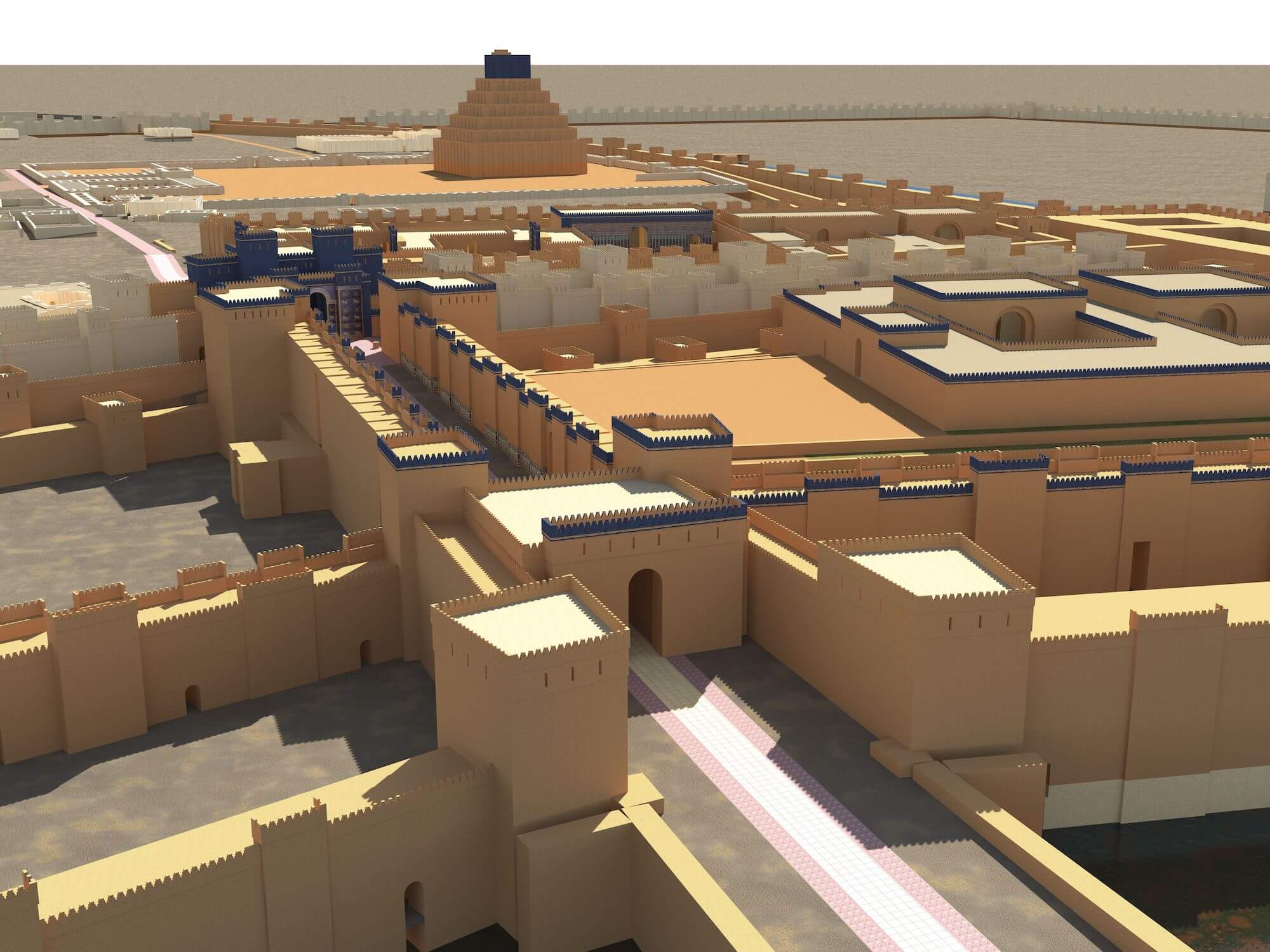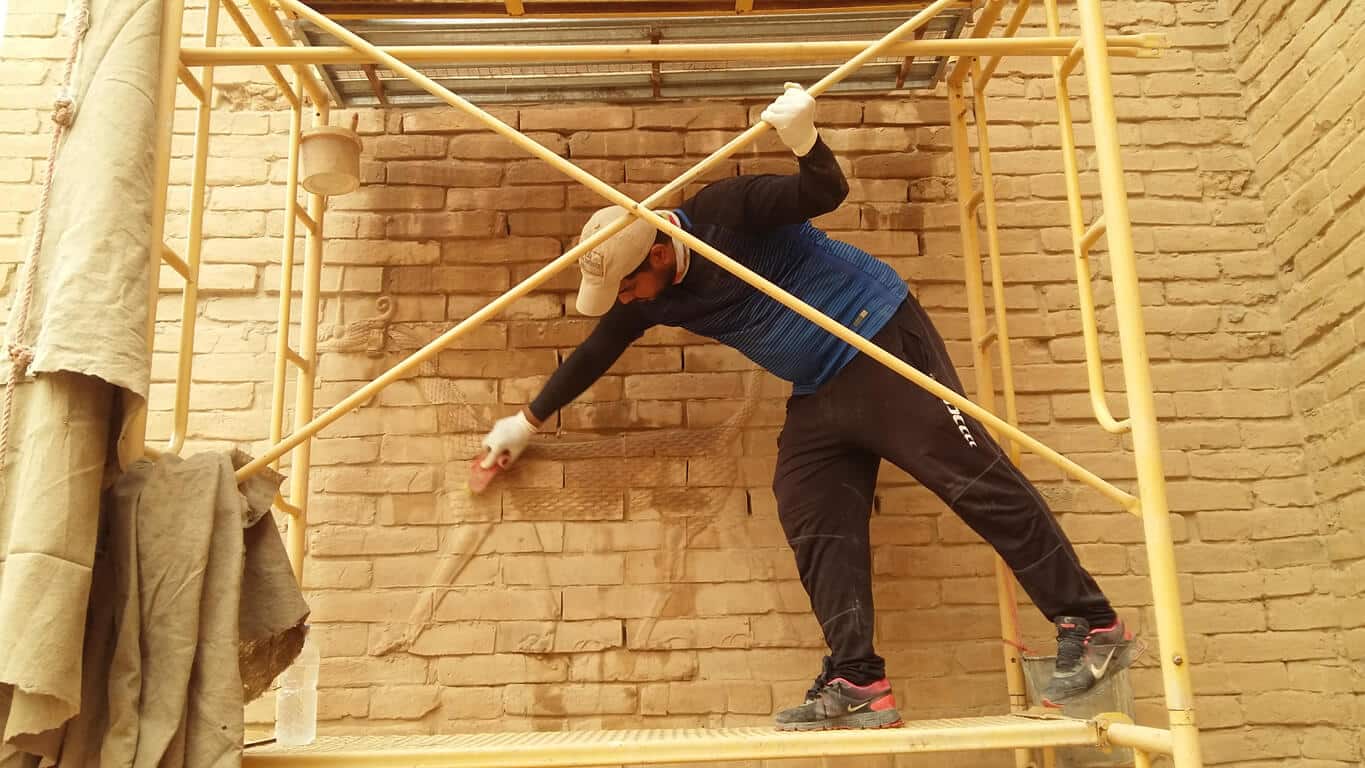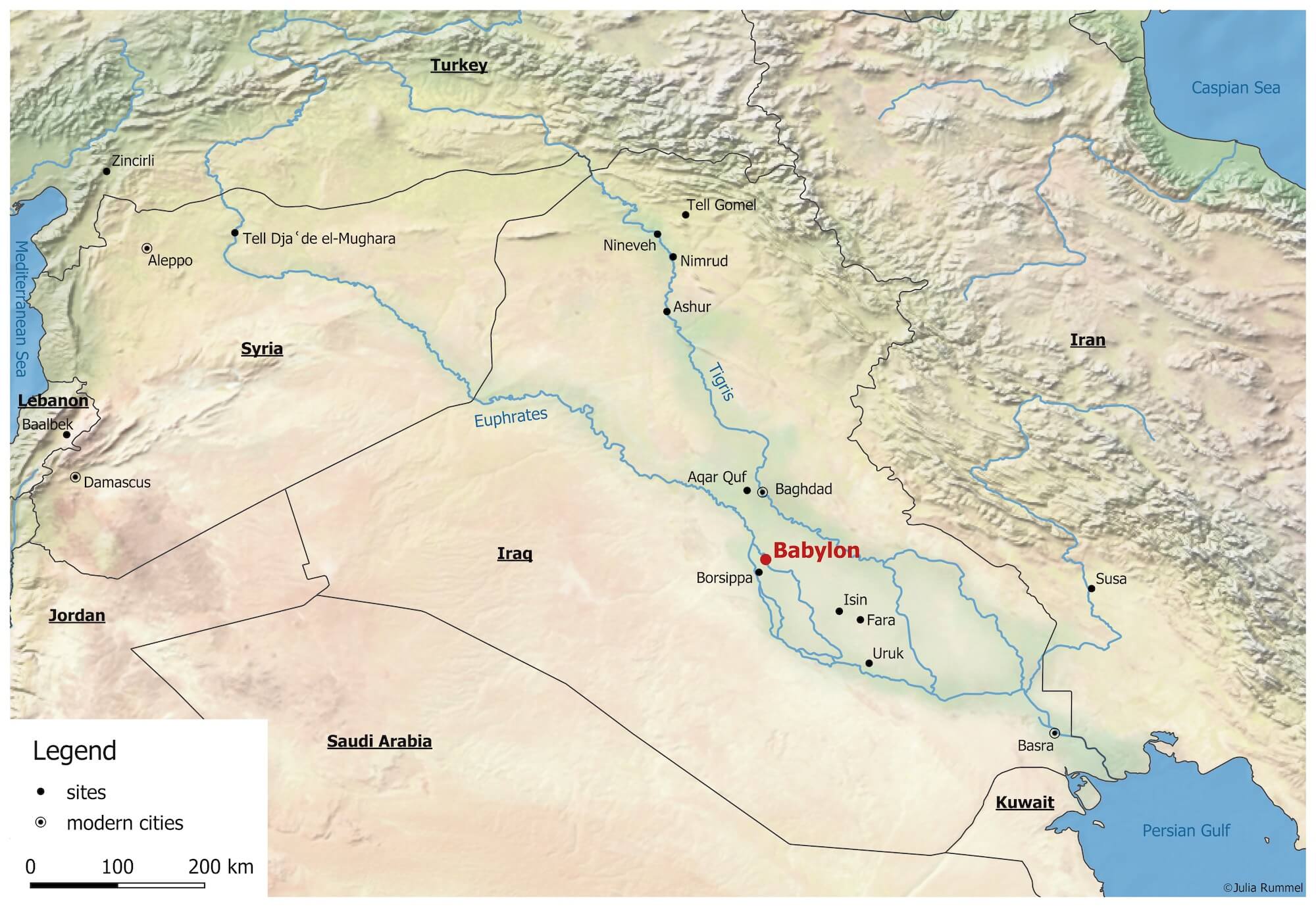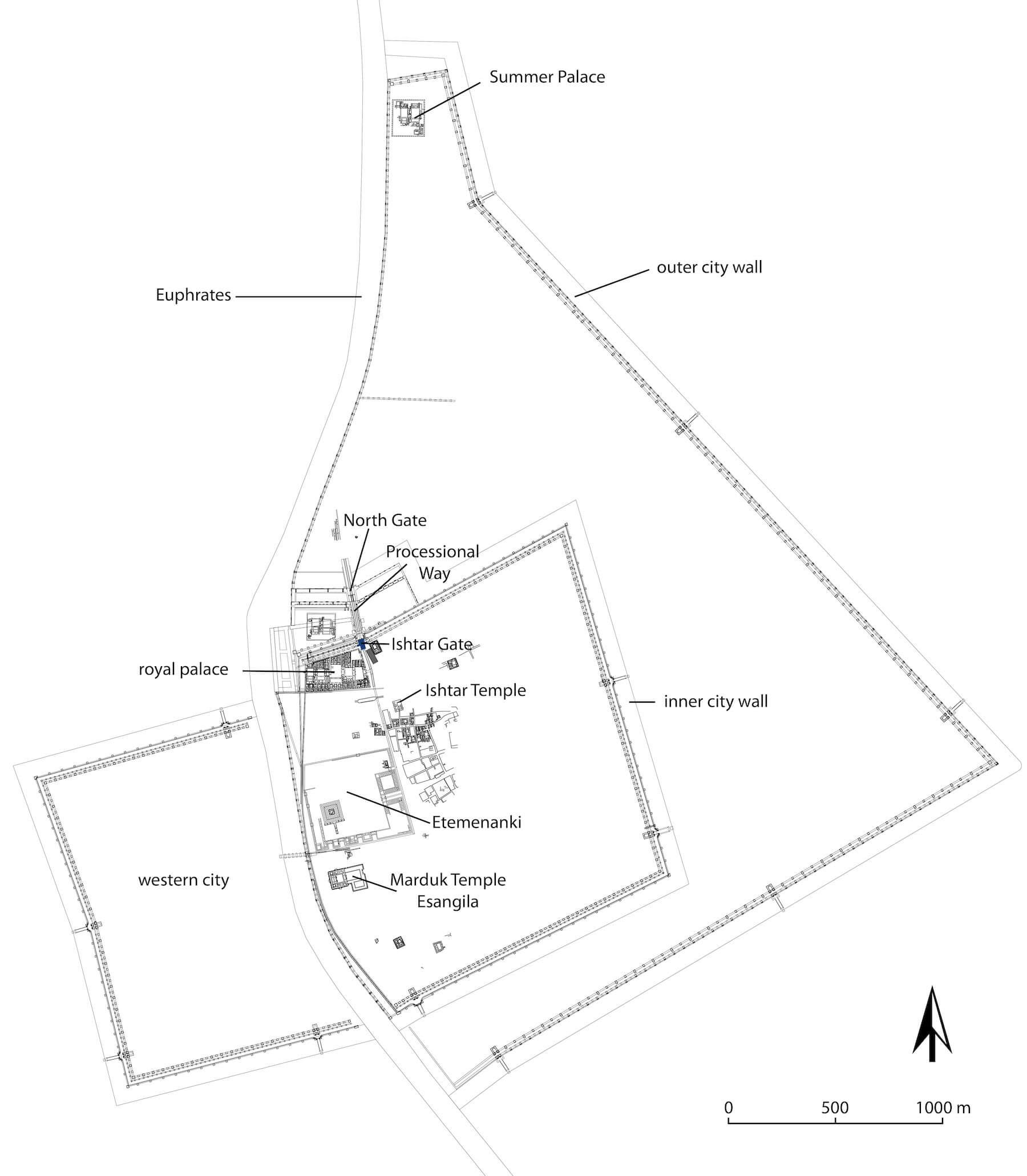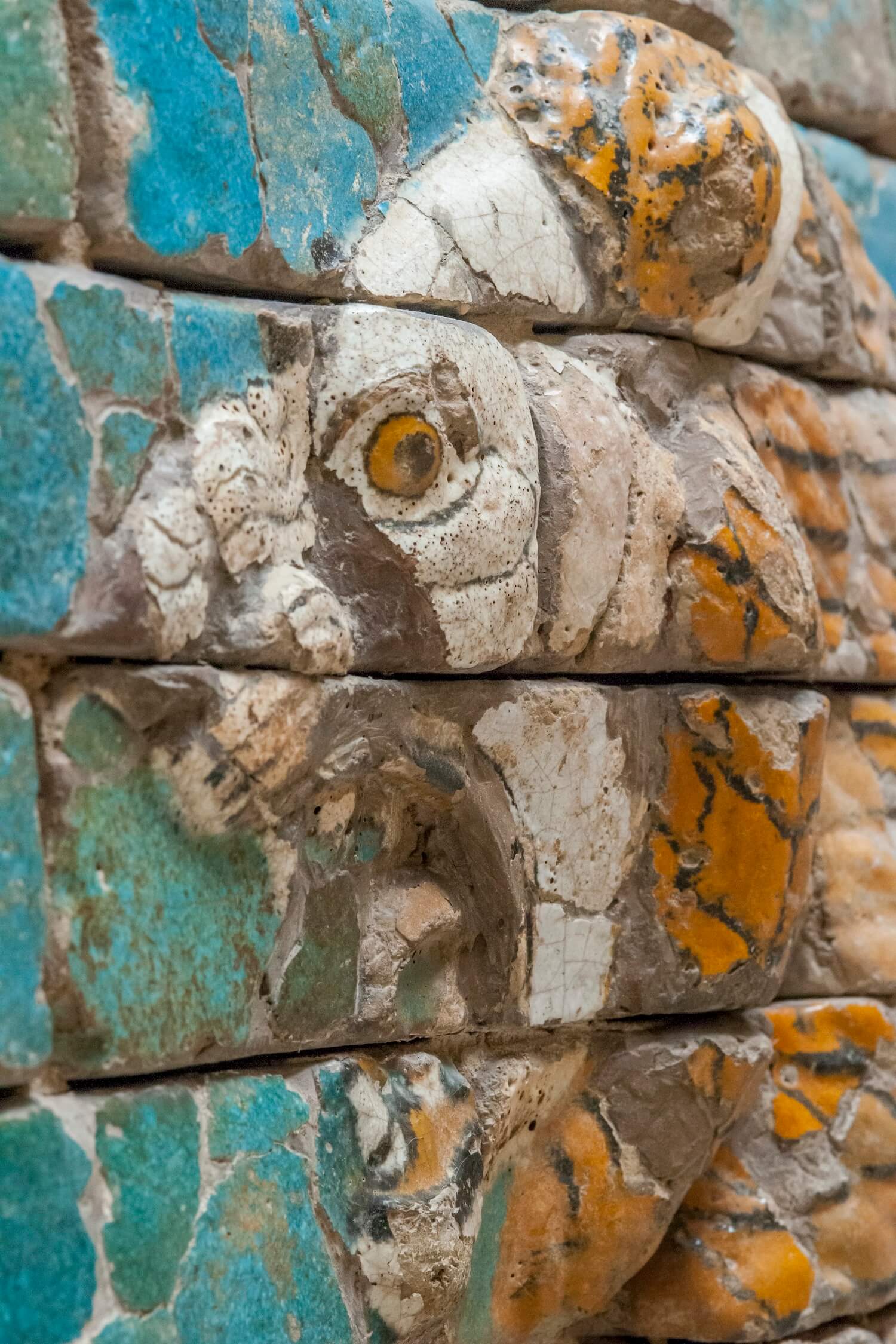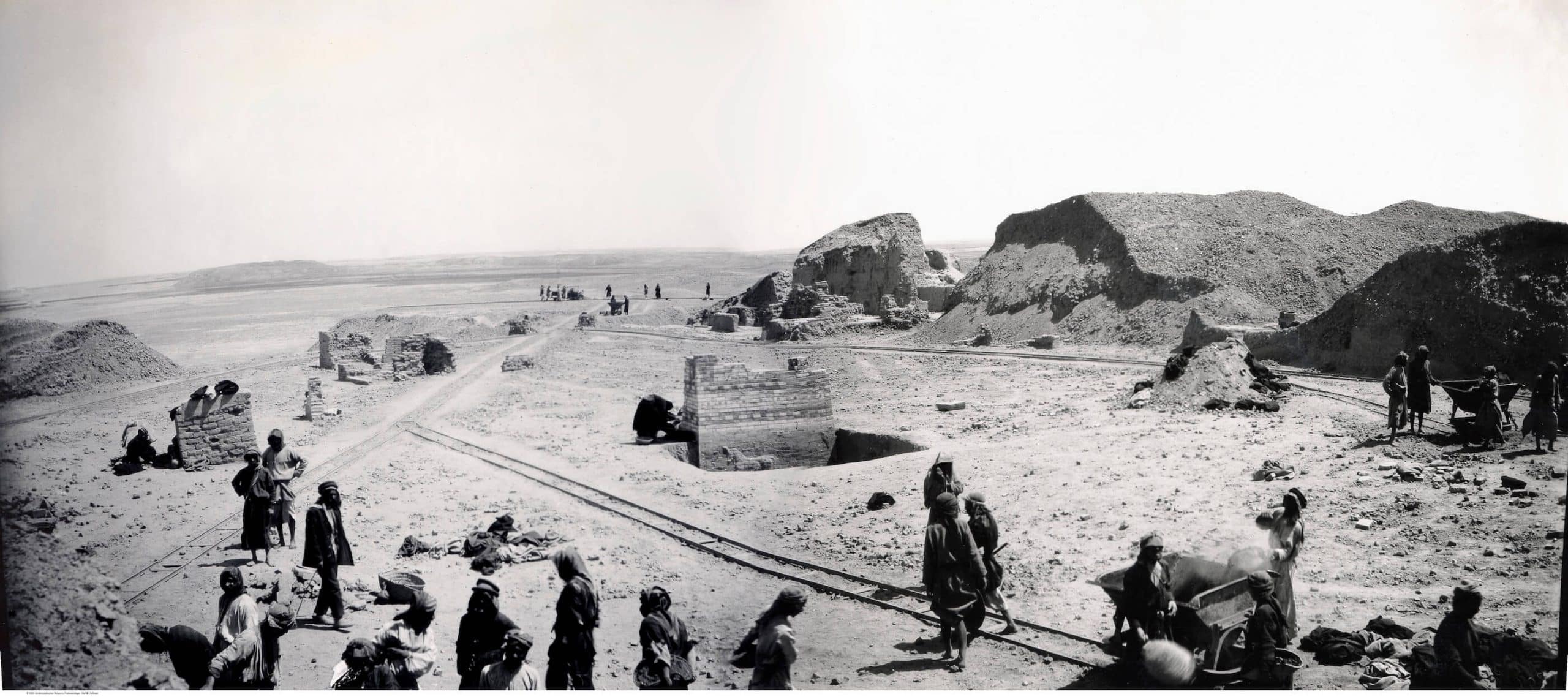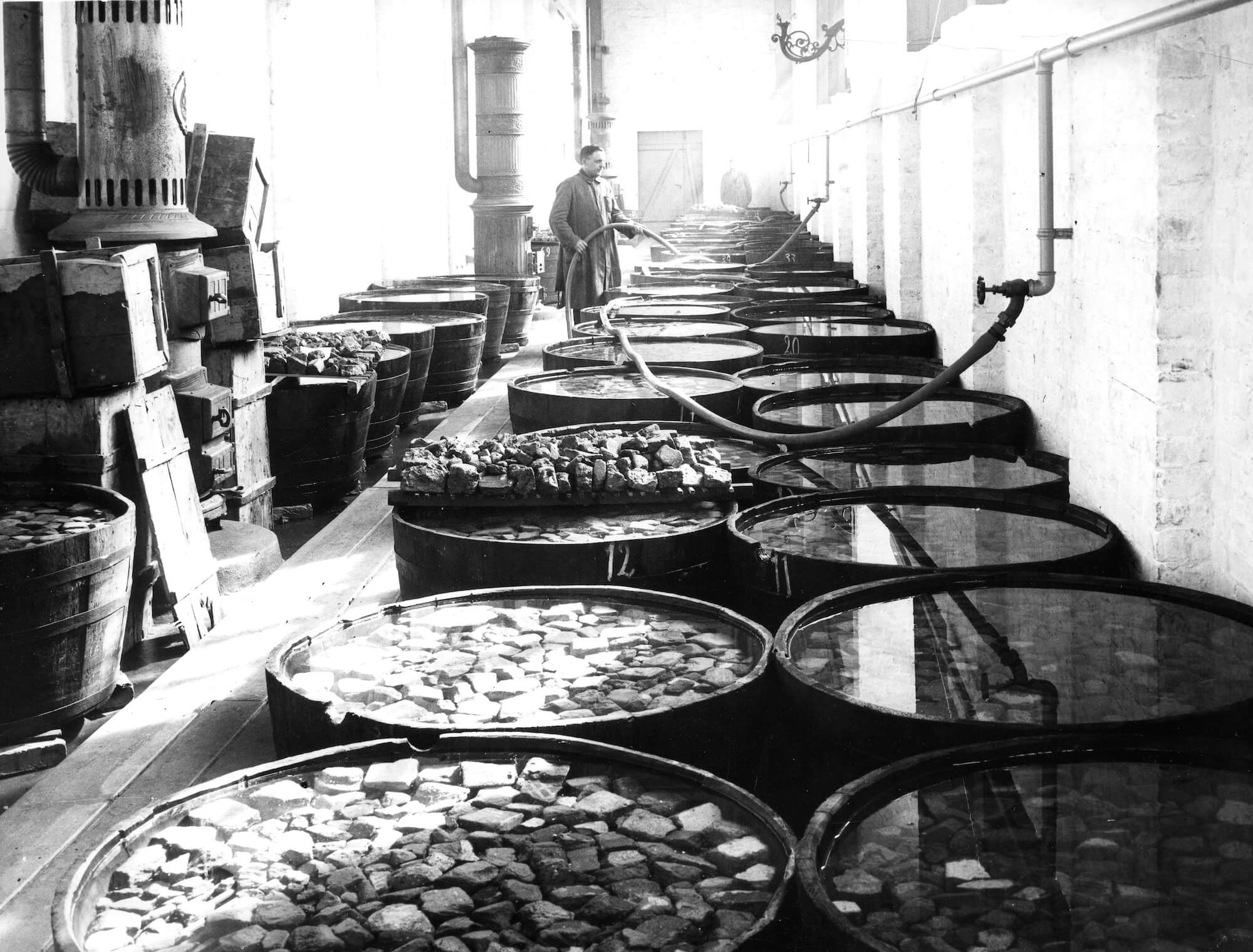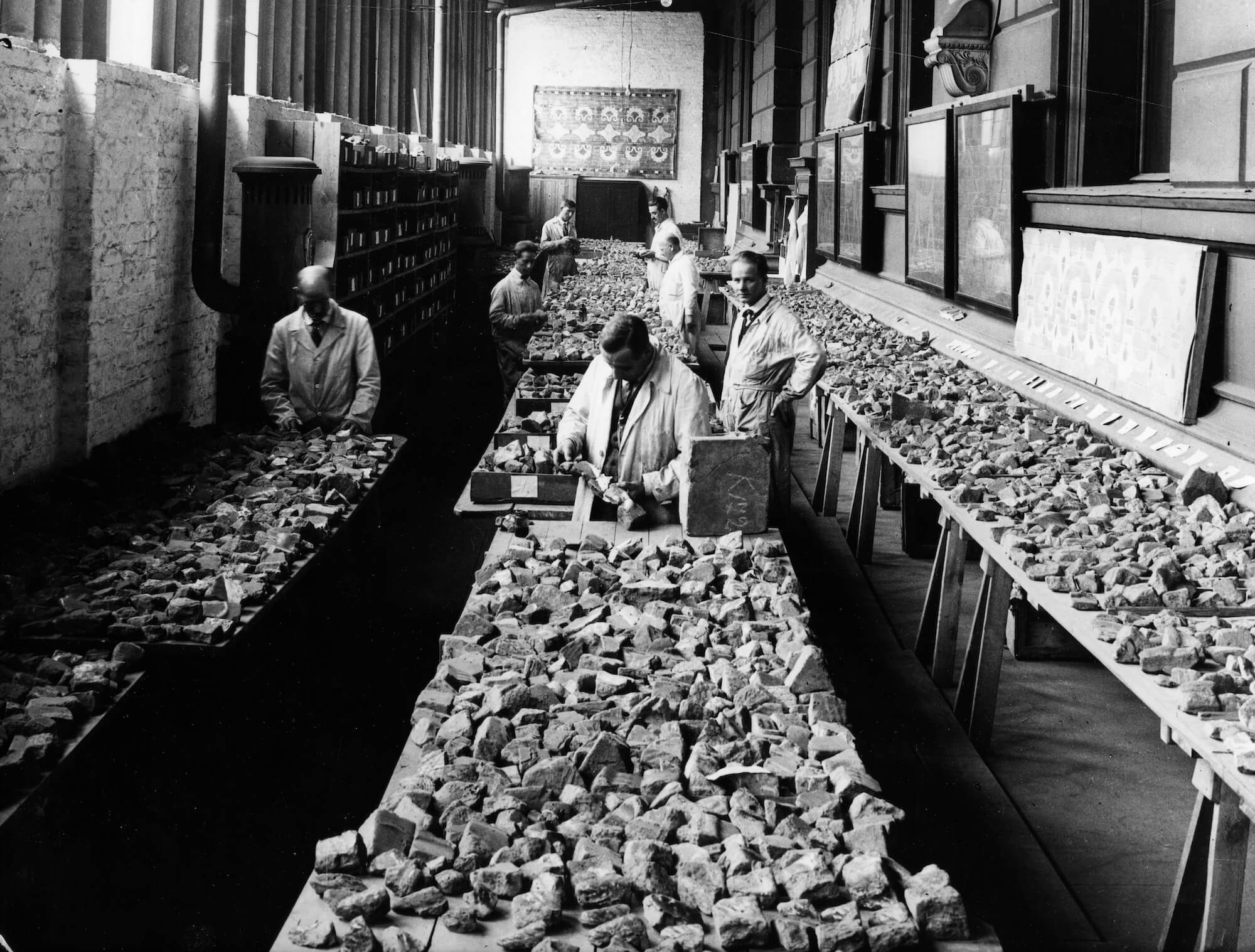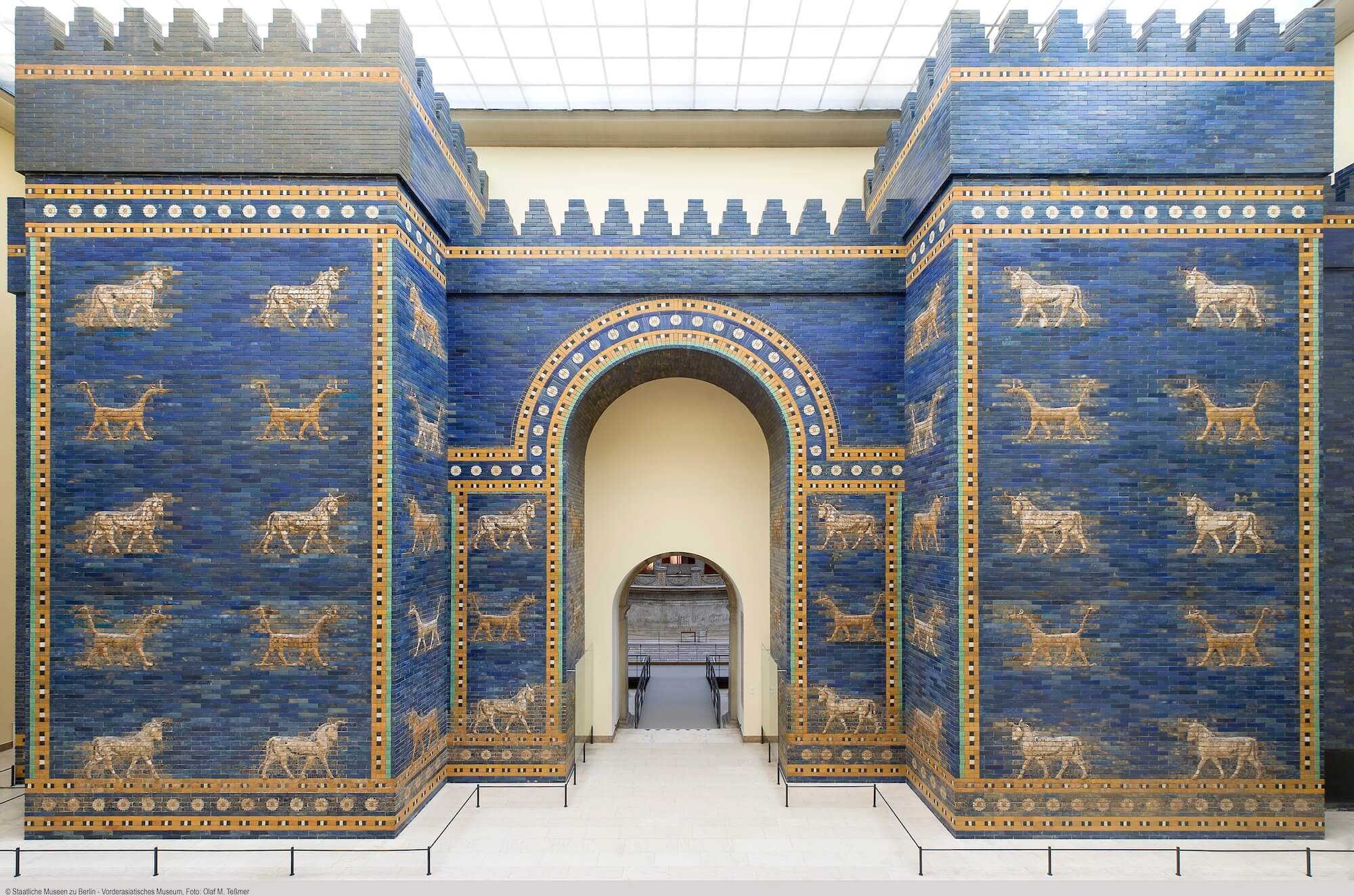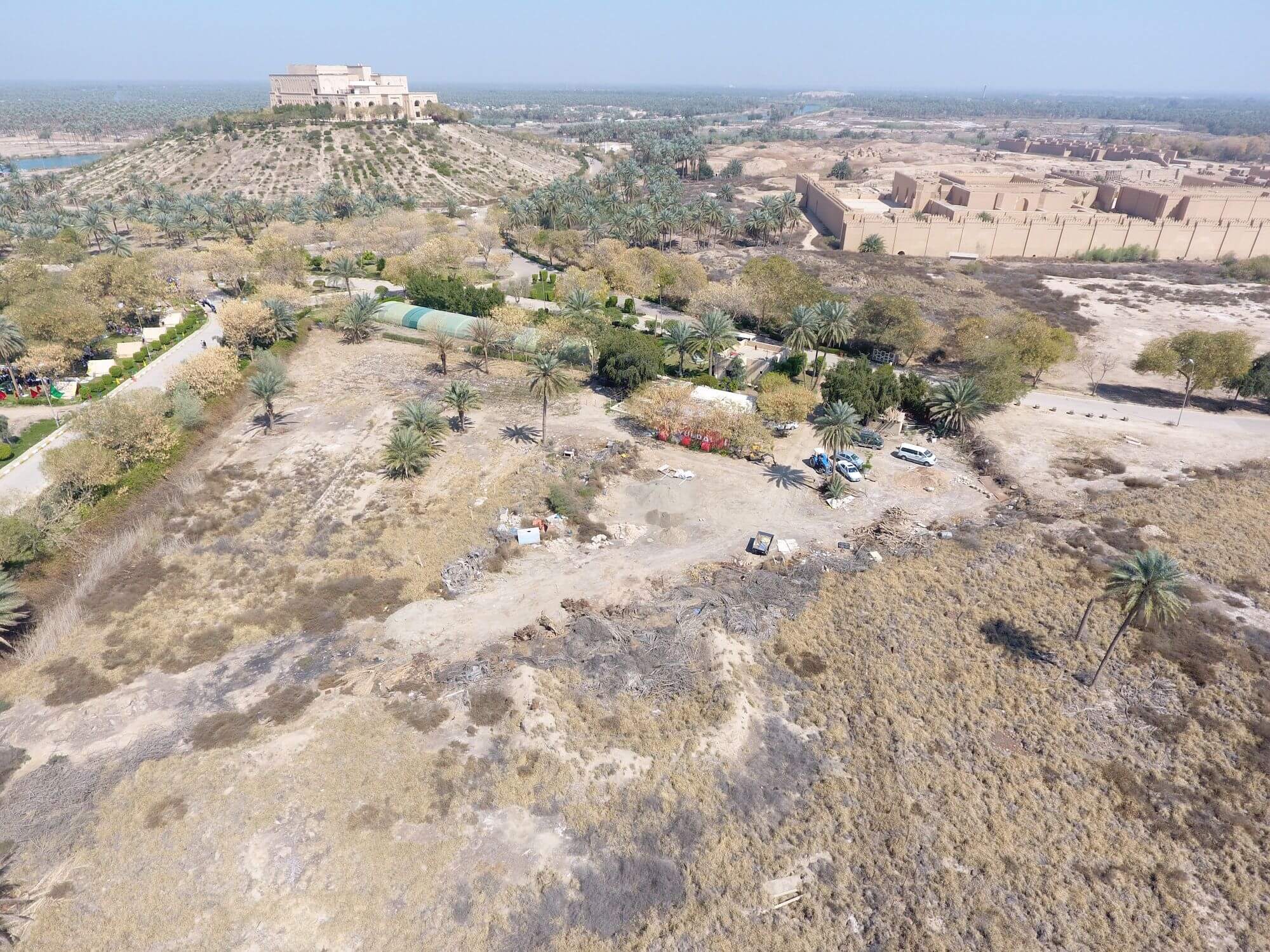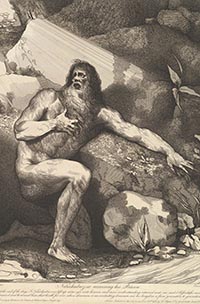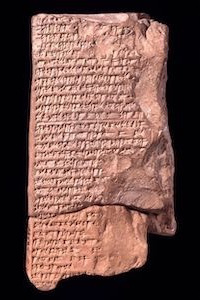
Not a Friend of ASOR yet? Sign up here to receive ANE Today in your inbox weekly!

April 2023
Vol. 11, No. 4
The Ishtar Gate of Babylon: One Monument, Multiple Narratives
By Helen Gries
The lavishly decorated Ishtar Gate was one of the city gates of ancient Babylon in present-day Iraq, built by the Babylonian king Nebuchadnezzar II in the 6th century BCE. But it is also a masterpiece of Babylonian architecture: the reconstructed version is the highlight of any visit to the Vorderasiatisches Museum (Museum of the Ancient Near East) housed in the Pergamon Museum on Museum Island in Berlin. Above all, the Ishtar Gate carries great symbolic significance for contemporary Iraq. The gate therefore may be interpreted quite differently depending on the individual observer’s perspective and background, and we can see multiple narratives come together in this single monument.
